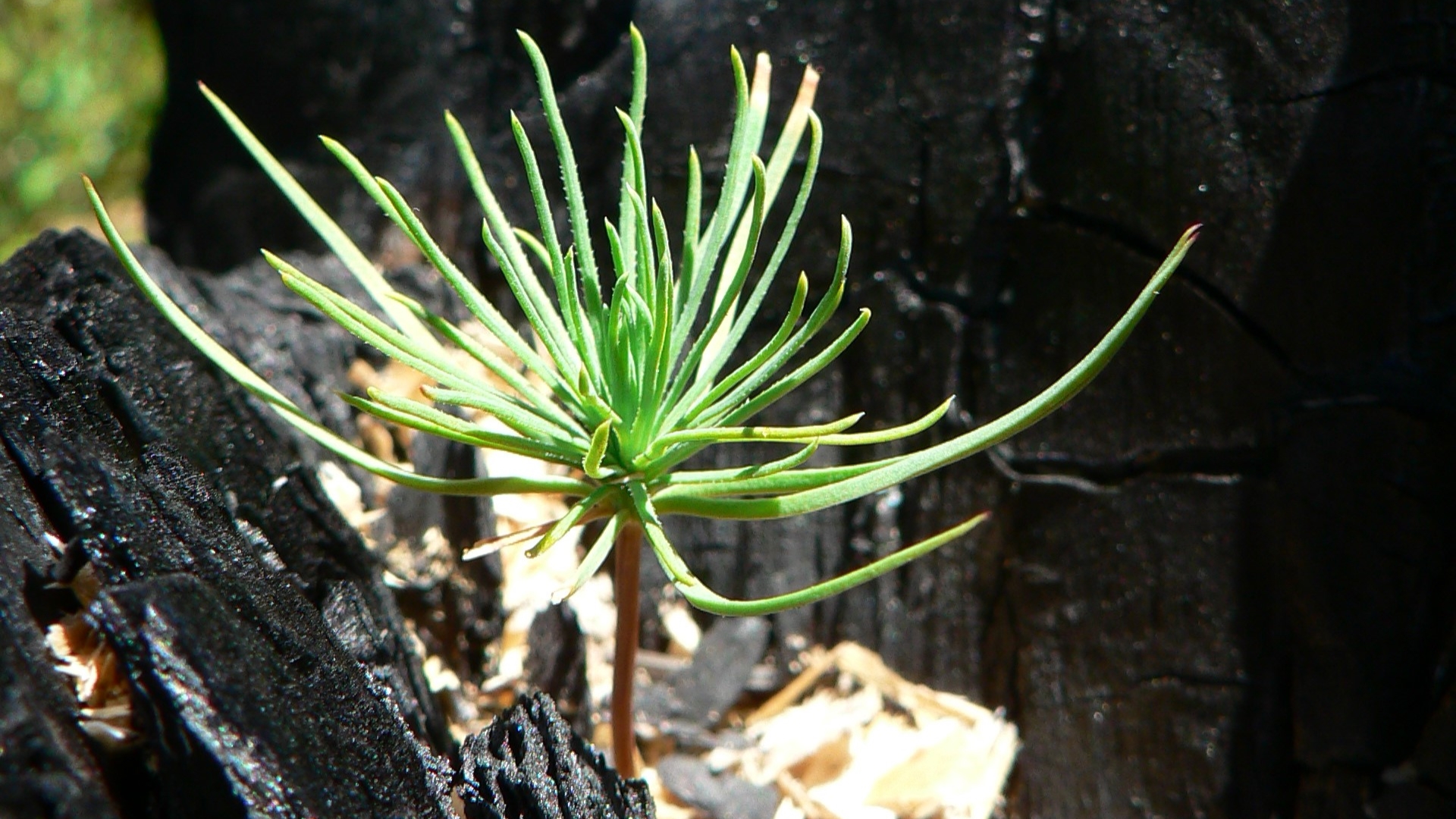Fire and Forests

As we see wildfire occurrences and severity increase around the world, there is a need to understand changing fire dynamics and learn from challenges and successful strategies. These fires severely impact life, economy, and the ecosystem services of forests. While fire can be a natural part of ecosystems, with certain species and forest dynamics dependent on it, fires are now occurring at increasing intensity and frequency and in places that have not typically burned in the past. Changing fire dynamics have multiple drivers, including land use decisions and policy, changing demographics and land management approaches, and increasing fire prone conditions caused by climate change, including warmer temperatures, fewer precipitation, and longer periods of drought. Expenditures on wildfire suppression are increasing dramatically in many places but cannot keep pace with the extreme fires. The social impact of extreme fires is felt around the world including by indigenous and forest-dependent communities, the forestry and tourism sectors, and more. However, many stakeholders who are impacted by or contribute to large-scale fires are rarely engaged in fire management.
The Forests Dialogue’s (TFD) Fire and Forests Initiative seeks to bring together different sectors and knowledge systems, as well as facilitate shared learning at an international and regional level. The initiative will begin with a series of virtual, region-specific roundtables from February to April, 2022. Locations include Australia, Brazil, Chile, Lao PDR, Thailand, and Vietnam. These discussions will feed into the Fire Management Forum at the World Forestry Congress in Seoul on May 4th, 2022. These events will help frame the scope and role of the Initiative including a series of field dialogues.
